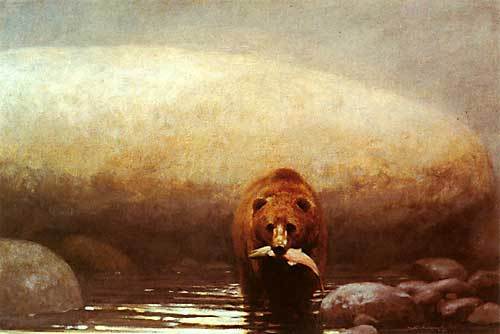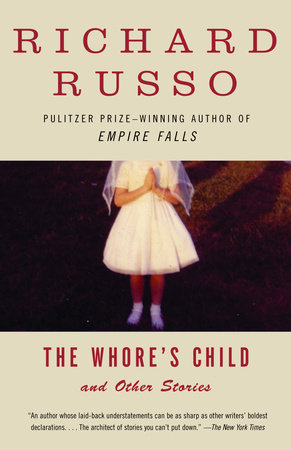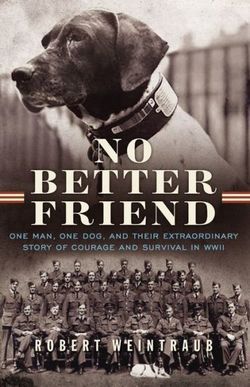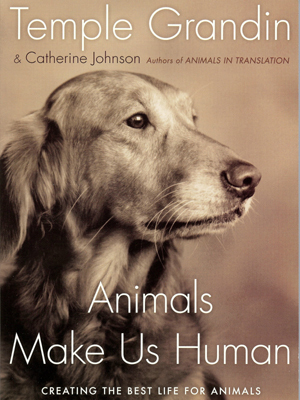Why Read Stories
For our last meeting of an introduction to Creative Writing, I’ve been trying to figure out what to gather up for our last class. These are young college students in their first year. They didn’t flinch from hard material. Gender, Class, Violence, Love, Family
Why stories? Why do we do this? That’s what I want to talk with the about.
First, we look at Bear by John Schoenherr to read pure, clean sentences.
We started one story early on and continued reading it over many weeks.
“In the convent, Sister Ursula’s first submission began, I was known as the whore’s child.”
We read more contemporary short stories including Raymond Carver’s “Cathedral” about perception – an opening to a new perception and a podcast of “Welcome to Night Vale” by Joseph Fink and Jeffry Cranor.
“The City Council announces the opening of a new dog park at the corner of Earl and Sommerset, near the Ralph’s. They would like to remind everyone that dogs are not allowed in the dog park. People are not allowed in the dog park. It is possible that you will see hooded figures in the dog park. DO NOT APPROACH THEM. DO NOT APPROACH THE DOG PARK.” from “Welcome to Night Vale.”
We worked in writing groups. Sometimes they helped. Something they didn’t. But students wrote short story scenes. They revised.
We read sonnets. From Shakespear’s “Shall I compare the to a summer’s day?” to Helen Frost’s novel in sonnets and sestinas
“I love this girl whatever way I can,
too young to be her father, too old to be her man.”
 “There was blood pooling in my mouth—tasted like metal. There were tears pooling in my eyes. I could see someone looking at me, quickly fading into a watery blur. Everything was sideways. Wrong. My ears were clogged, plugged by the pressure. All I could make out was the washed-out grunts of the man leaning over me, hurting me, telling me to stop fighting, even though I wasn’t fighting, and then the piercing sound of sirens pulling up.
“There was blood pooling in my mouth—tasted like metal. There were tears pooling in my eyes. I could see someone looking at me, quickly fading into a watery blur. Everything was sideways. Wrong. My ears were clogged, plugged by the pressure. All I could make out was the washed-out grunts of the man leaning over me, hurting me, telling me to stop fighting, even though I wasn’t fighting, and then the piercing sound of sirens pulling up.
My brain exploded into a million thoughts and only one thought at the same time—
please
don’t
kill me.”
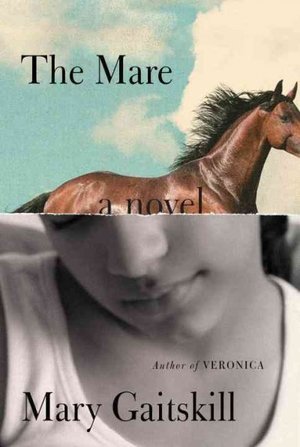 Velvet is a Dominican 13 year old form Brooklyn who goes to the country through the Fresh Air Fund to spend the summer with a white professor and his artist wife in upstate New York. She’s angry and tough.
Velvet is a Dominican 13 year old form Brooklyn who goes to the country through the Fresh Air Fund to spend the summer with a white professor and his artist wife in upstate New York. She’s angry and tough.
Reviewer Ellen Akins writes , “The Mare” … gives eloquent voice to the ineffable thoughts and feelings experienced across boundaries of age and race and class and gender — and even, in this case, species….No one can speak fully or clearly to one another in this book, and yet they all communicate like crazy, with each other and with us — even to the point of a wordless epiphany. When, in the barn alone with her mare, Velvet comes to an understanding — “I am doing it for this” — she says, “If somebody asked me what this was, I wouldn’t be able to tell them. But I knew, I knew.”
Animals came to be a thread through the class. We posted pictures of our animals on Blackboard. We met Timothy, a languid cat, Faron, a pit bull, chickens, goats, ferrets,
“We need to see ourselves acted upon by a story, outraged, exposed, in danger of heartbreak and change.” Tobias Wolff
“Reading makes immigrants of us all. It takes us away from home, but more important it finds homes for us everywhere.” Jean Rhys


